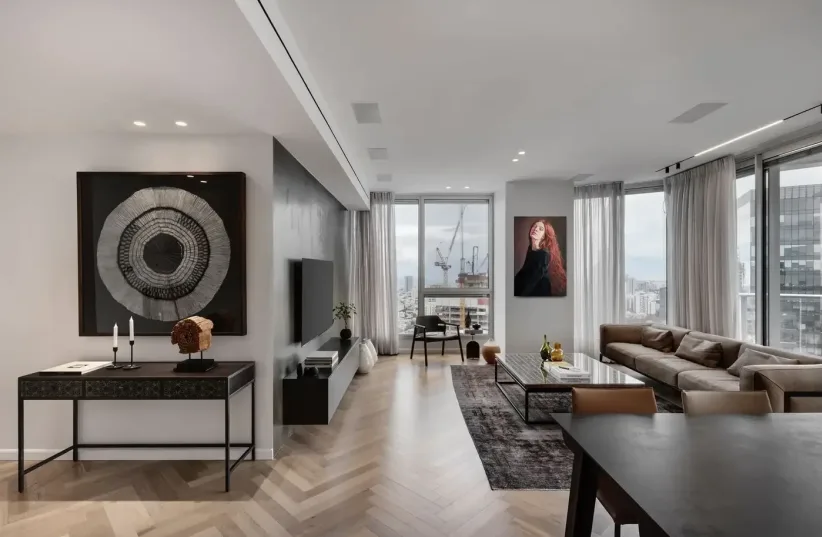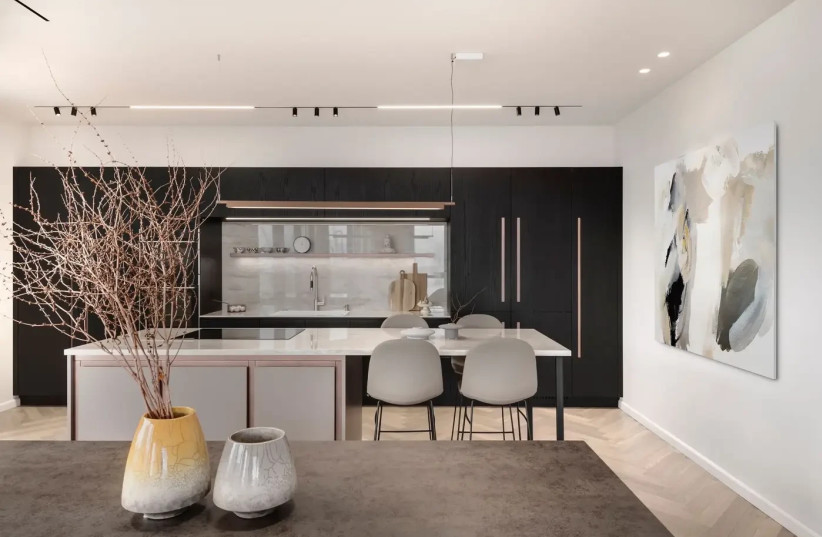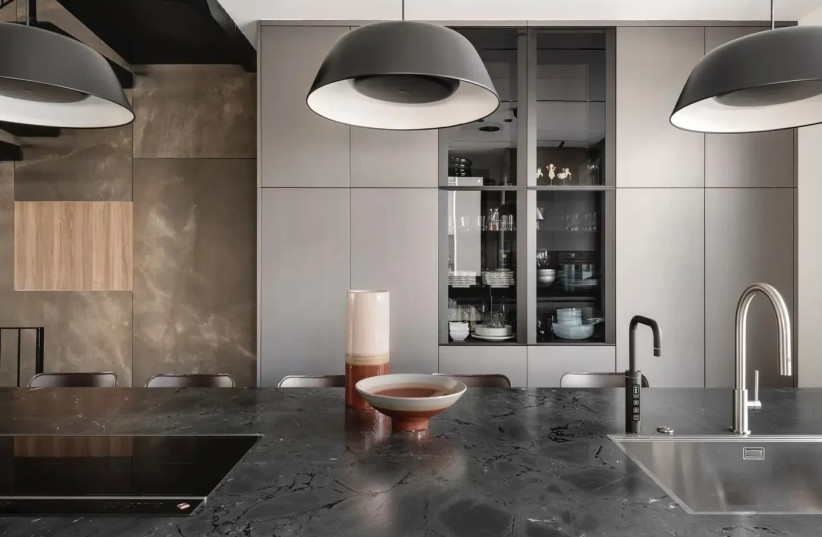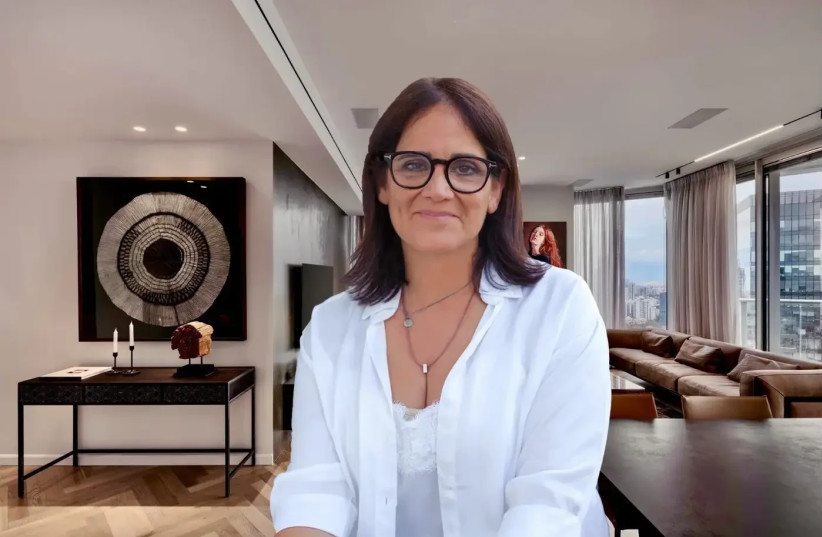A few days into the events of October 7th and the local real estate market froze almost completely - but sources in the industry testify that in recent months there has actually been the beginning of an impressive awakening trend among land buyers, construction starts of new private houses and, in the meantime, also an increase in the start of renovations of existing houses According to the interior designer Dorit Winburn, in renovating an existing property and adapting it to present and future needs, there are many advantages: "A comprehensive and thorough renovation is by its nature a complex and meticulous procedure, but at the same time, it is the ultimate way to upgrade the beloved home to a modern living environment, which accurately fits the needs and the changing needs. Over the years, without giving up the familiar environment. With proper planning, even old and challenging houses can gain a completely new covering - exterior and interior - within a few months, and in this way it is also possible to significantly improve their value."
According to Winburn, construction in Israel, and thereby also the perception of living, have changed in recent decades beyond recognition: "A significant part of the renovating crowd are homeowners whose children have grown up and left the house, so the tendency of many of them is to open up the public space as much as possible and create a large and luxurious kitchen , open to the living room and garden even at the cost of canceling rooms that are no longer in use. In these projects, there is often a requirement to create a pampering suite for the children and grandchildren who come to stay, and of course a spacious master bedroom."
"On the other hand, there are the buyers of the plots, on which old houses are located, and in this case a real debate arises: is it right to shave the existing one and build a new house in a process of years that entails licensing and obtaining permits, working with dozens of consultants and of course extremely large costs, or maybe it is worth it above all To examine the existing property and go for an in-depth renovation that does require reinforcements and the replacement of the existing infrastructure, but on the other hand, the licensing procedures in these cases are usually minor (if any are required at all), so the time period until the expected transition is shortened and the costs drop quite sharply. In order to reach an informed decision, in both cases there is Consult with professionals who knew how to correctly predict the expected moves.
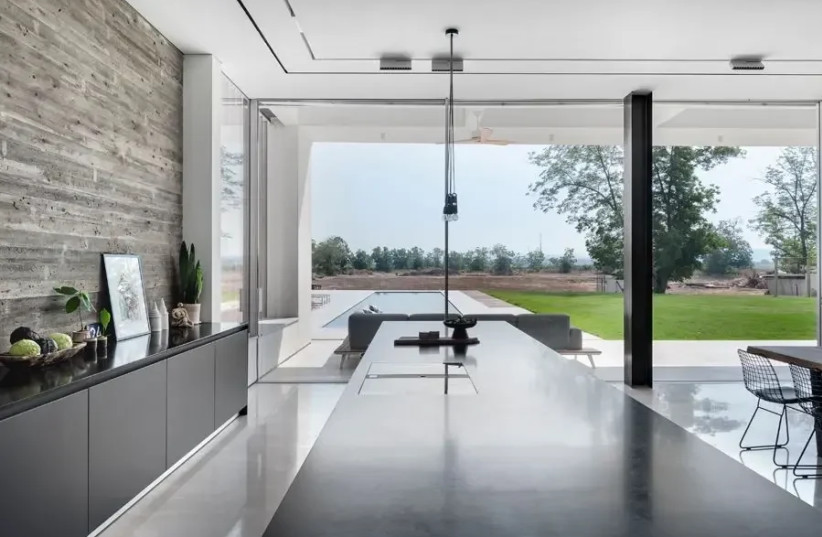
Is the option of bringing a matte house to the condition of a completely new house realistic?
"Each case on its own merits, of course, because it is a comprehensive renovation and not the displacement of a few walls, but at the same time, one of the great advantages of renovating an existing house is the preservation of existing architectural characteristic components that are difficult to obtain and should be preserved, such as stonework and openings, style, arches, etc. Another advantage Renovating the existing one is the ability to make decisions more clearly since you can see the house and there is no need to imagine the spaces. Such renovations are particularly relevant in houses where the existing volumetric shell can be left and changes can be made in accordance with what is allowed by law, without entering into enigmatic spaces."
"At the same time, it must be taken into account that even in such projects it is necessary to completely replace the electrical systems, the plumbing, the air conditioning and others; to examine the construction and the foundations as well as the staircase and the roof. In quite a few cases it is found that this is a applicable process whose advantages exceed the advantages of new construction and it is certainly possible To compare an existing house with a new roof and to plan them precisely for the very specific needs of the new owners. It is also possible to wrap the existing facades with up-to-date materials and if it is required, for example, to enlarge openings (such as from the living room to the garden) it is usually a matter of obtaining a local permit which is carried out in a much faster procedure than issuing permits for new construction Or for construction deviations. In practice, it is possible to bring a house from zero to a hundred in a few months, at a level that even a professional eye will have trouble distinguishing that it is an existing building that has been standing on the lot for decades."
These are fundamental changes. In which cases are approvals and dealing with the bureaucracy required?
"Unused construction percentages must be optimized at the beginning of the process and if there is a need to examine whether it is possible to expand and in what ways. In some cases, the more realistic decision is to close certain areas in a legal way such as a balcony, pergola or annexing a farm yard. Changing and expanding openings is also a matter that requires Approvals, but as mentioned, it is usually a fairly short procedure that can be conducted at the same time as the planning and preparations for the construction itself. Meanwhile, since October 7th, there has been an increase in the demand for the creation of protected spaces - whether it is the conversion of an existing room into a protected space, the addition of a protected space. External. All of these require obtaining permits from the GA, but they are usually relatively quick."
As an integral part of the improvements, it is recommended to produce a climate envelope by building double plaster walls and insulation between them and the external walls and to take care of the opening system, with the rationale being to work with advanced aluminum systems and the use of sunenergy low-e glass that filters light, heat and UV radiation. In a house with sloping roofs, it is recommended to replace the concrete tiles that must have worn out over the years with new clay tiles and to work with layers of insulation under the tiles. In houses with flat roofs, it is recommended to strengthen the thermal insulation."
And what are the factors that actually affect the duration of the renovation?
"It is very individual. In a proper work procedure, the planning process takes between two and three months. The renovation itself depends on the contractor and the scope of the teams at his disposal, so if it is a contractor with a workforce experienced in projects of this type, even a mega renovation can take between four and six months, a period of time compared to construction A new one is considered negligible."
We decided to set out and renovate, how do you even begin?
First and foremost, tests must be conducted and a preliminary budget must be built, so that the initial placement plan will be more or less synchronized with the amounts available to us and will not produce significant deviations from the very beginning of the process. It is recommended to use simulations at this stage, which give an excellent indication of how the house will look and based on which decisions can be made. In the next step, it is recommended to make a list of structured sections and start receiving initial price offers for aluminum, tiles, coverings and sanitary ware, the air conditioning system, lighting, etc. - this is the way to understand more or less where we stand and to get an initial estimate according to which the estimated costs of the project are calculated as always It should be taken into account that the biggest expense is the contractor himself.
At the same time, take into account that there are always unexpected expenses and allocate between 15 and 30 percent of the total general budget for them." "In the next step, we move to individual planning that works on two parallel levels, during which we go down to high resolutions and make precise decisions, from the level of color and divisions in the kitchen to the tile model for bathrooms the guests At the same time, we plan a set of detailed work plans and the more we can get down to the details, the more accurate price offers we can get from the contractors and suppliers. It is important to take into account that every choice we make has a financial meaning: from the type of aluminum profile and openness to the details of the carpentry details."
If it is a house you live in, is it possible to stay and live during the renovation
"This is a very bad idea, unless there is a unit that is completely separated from the house that is undergoing renovation. Staying in the house greatly hinders the contractor, who is required to take into account the tenants and close off certain areas, and also for the members of the house, this is a continuous nightmare, no one wants to live in a sandbox, eat dust, and experience interruptions Water and electricity on a daily basis. "If you want to renovate quickly and properly, you have to prepare for the fact that during this period you need to find an alternative solution and allocate a budget for this. Meanwhile, the storage of the items that continue with us must also be taken into account, and the good news is that many see renovation as a process of renewal, and as part of it, they shed most of the items they have collected and accumulated over the years. So it is true that the scope of the equipment decreases significantly, and we usually avoid moving existing products with us (such as electrical products), but in practice we are still required to find storage solutions, this could be a container or a warehouse that we rent for a short term. In practice, correct assessments and avoiding living in the house during the renovation can shorten the duration of the process by at least 50%."
And what about the costs of materials and manpower that just go up and up? Isn't it right to wait a bit?
"If there's anything we've learned during this time, it's that no one knows what will happen tomorrow. Bottom line, even in times of crisis, the real estate industry didn't really disappoint, certainly not when it comes to existing properties. No one invested in the property and discovered in retrospect that the value had decreased. Real estate prices are only soaring, with the only decrease recorded in the rental industry, and even there we are already seeing an increase. The popular perception in Israel is that holding real estate always has value, and this is an area that never disappoints."
